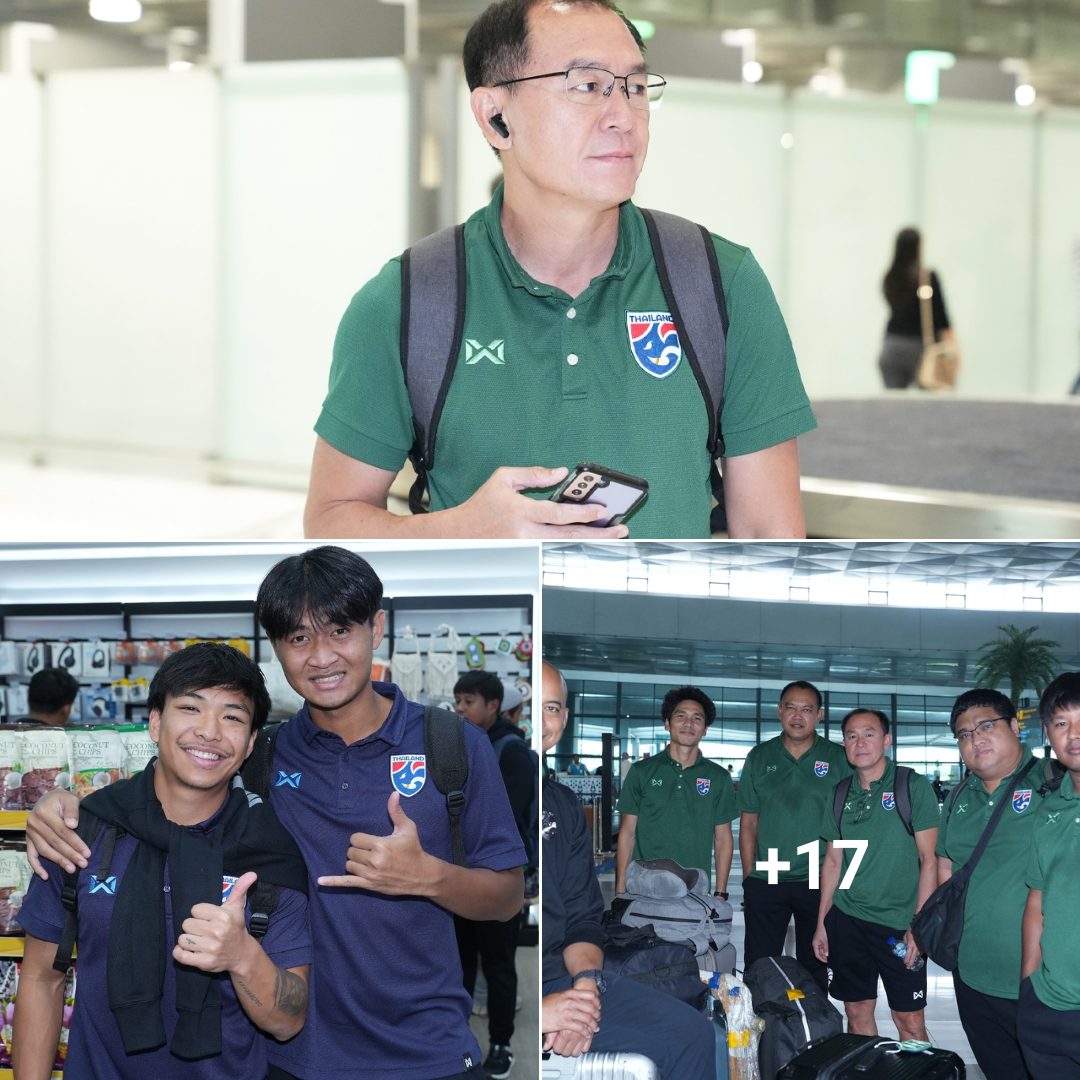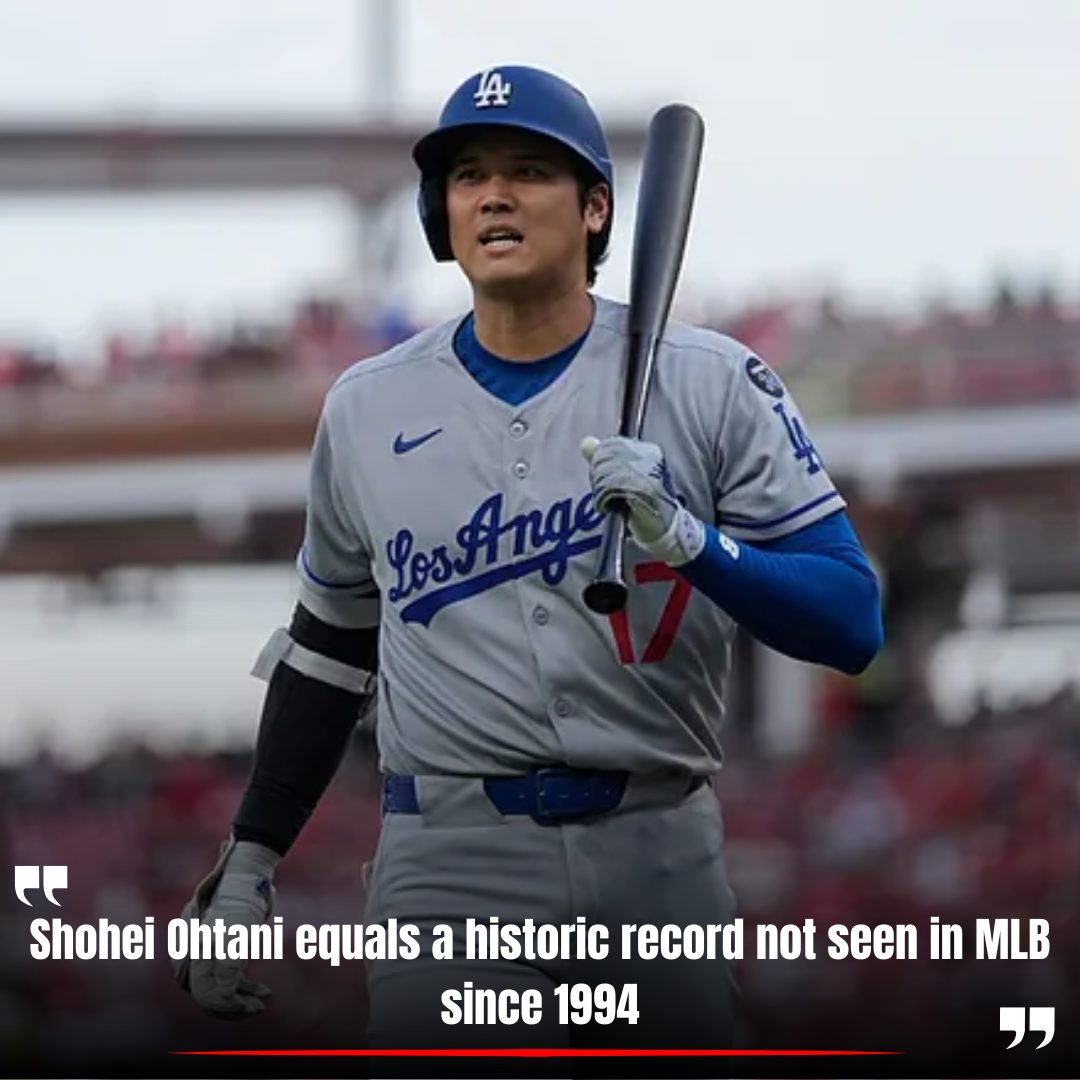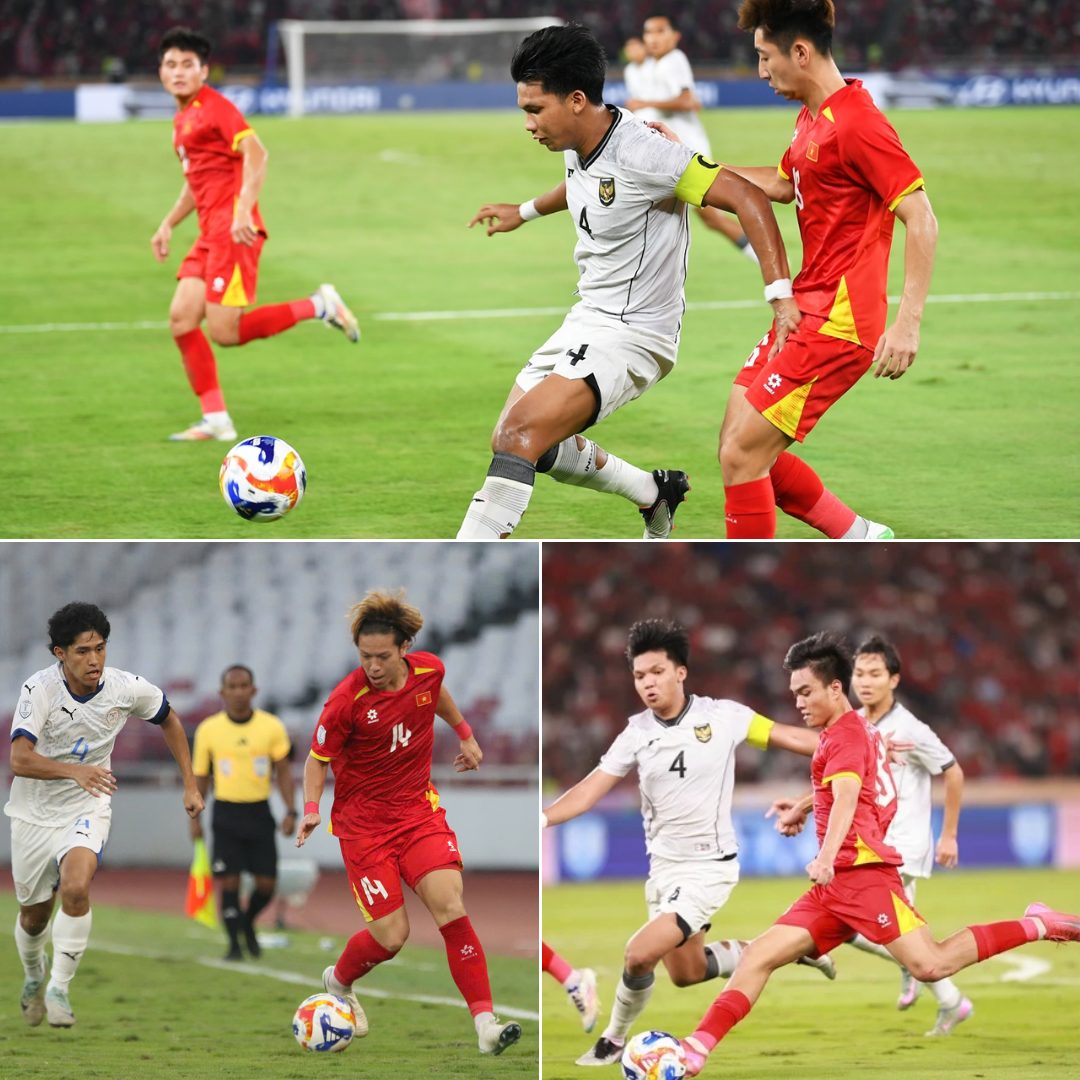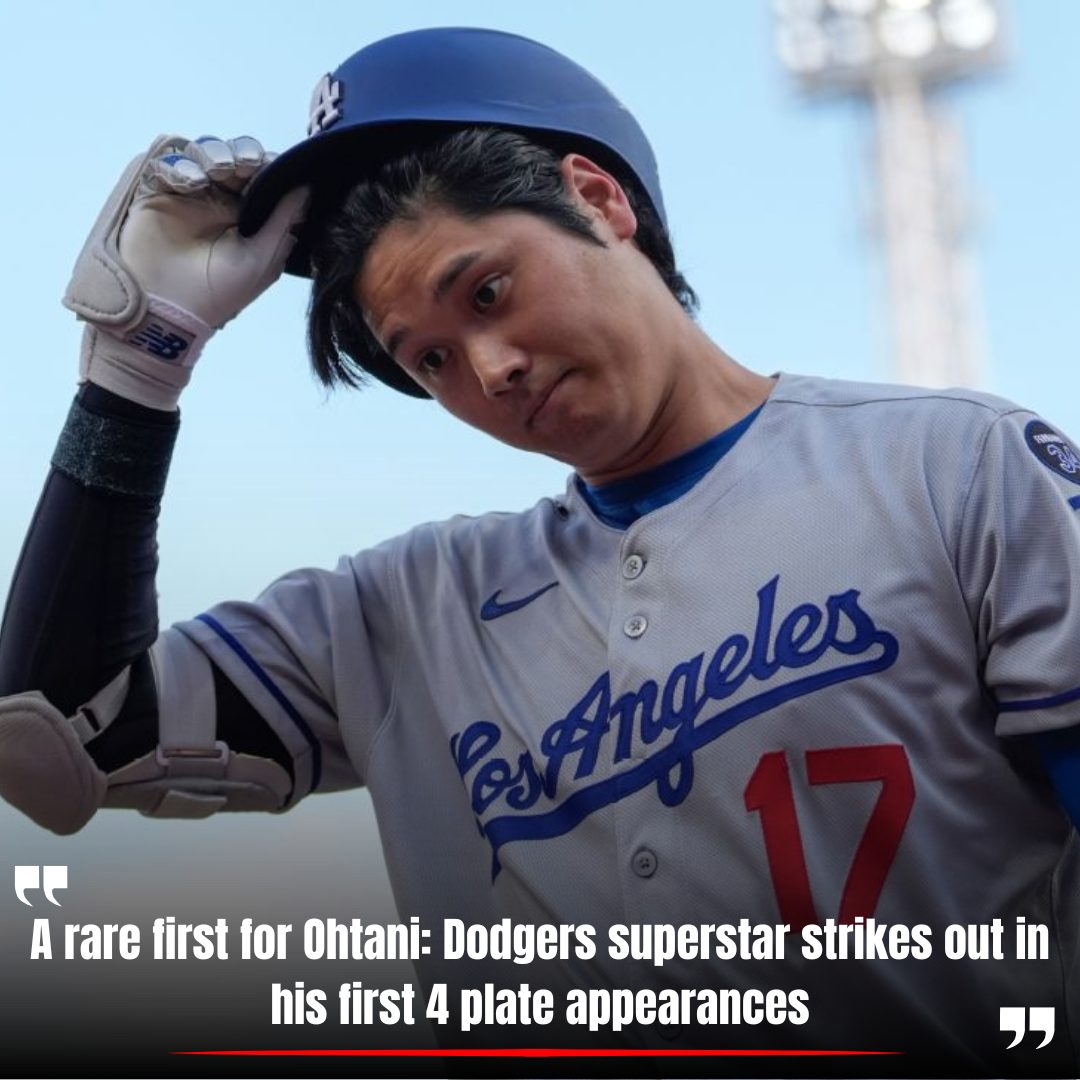Always judge a manhole by its cover.

As we reported earlier, Major League Baseball Japan decided to honor the current crop of top Japanese talent in the MLB in the most Japanese way possible: decorative utility hole covers!

A total of 12 currently active players were immortalized in brightly colored discs of cast iron and installed at various locations across the country, usually the player’s hometown or other city of significance to their lives or careers. Interestingly, a quarter of these lids can be found in Iwate Prefecture, home of MLB’s biggest Japanese stars, Yusei Kikuchi, Roki Sasaki, and Showtime himself, Shohei Ohtani.
Of course, all of them are huge talents, but our writer Saya Togashi decided to head out to the singular superstar Ohtani’s first while it was still in a pristine, unweathered condition. Iwate is a relatively rural prefecture in the Tohoku region, but it was still just as blazing hot as Tokyo on that day.
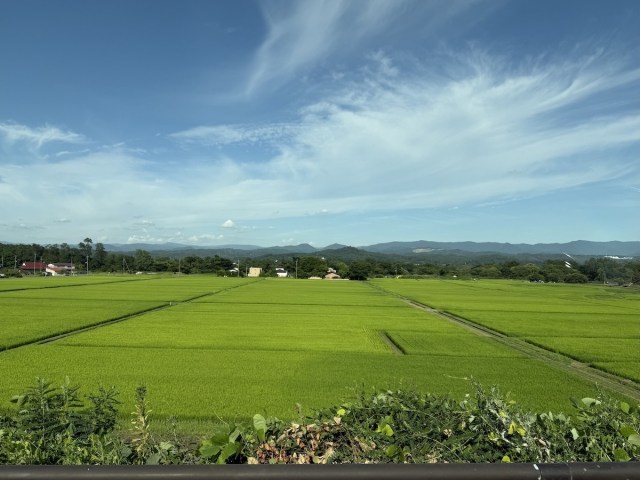
Ohtani’s hometown is Oshu City, a fairly modest city of just over 100,000 people. The two-way player’s manhole was treated with a great deal of respect here and the city even set up a free parking area nearby solely for people who came to see the lid.

It was installed just outside Mizusawa-Esashi Station, a major station where the Shinkansen even makes a stop and not to be confused with nearby Mizusawa Station and its total lack of commemorative manhole covers.
Saya arrived a little before evening and there was a crowd of people around the manhole. Since it was just a utility cover, no one was there to manage the crowd, but everyone took it upon themselves to line up in an orderly fashion anyway, taking turns to appreciate and photograph the lid. Everyone was even careful not to cast any shadows on the lid that would ruin others’ photos.
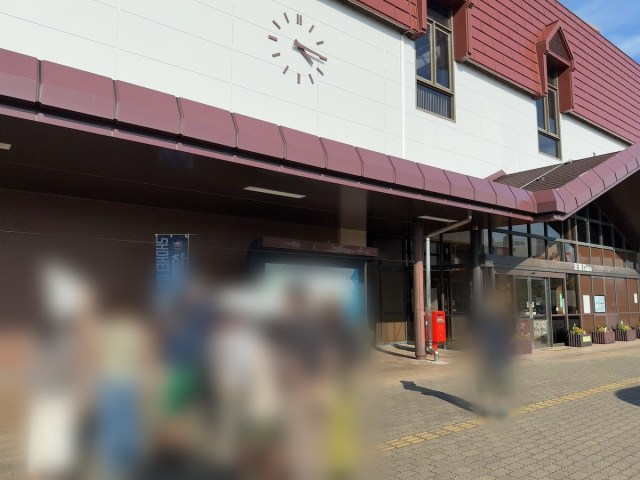
They were also respectful enough to not take too much time with the cover so it only took about five minutes for Saya to reach the front of the line.
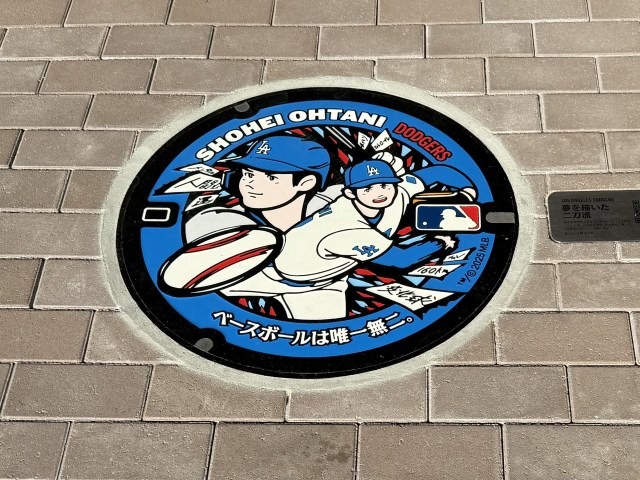
She gazed in awe at the Ohtani manhole. Each of the 12 lids was designed by a different artist, and this one was illustrated by Kirika Kosuzu, whose brightly colored works often fuse elements of American animation and retro Japanese styles. Those styles can be seen in the drawing of Ohtani’s faces where he’s both hitting and pitching as various boxes highlighting his virtues such as “control,” “pitching variety,” “160-kilometer-per-hour throws,” and even “luck” fly out at us.
Like all of the 12 manholes, there is a small plaque with a QR code beside it. By scanning it with your smartphone, you can unlock a short AR “Hero’s Journey” video that follows the player’s rise to Major League Baseball.

Saya tried to access it, but after scanning the code she had to give her browser all kinds of permissions and then scan the manhole for the AR to start. Meanwhile, every second began to feel like an hour and she could sense growing impatience of everyone in line behind her, so she gave up and walked away.
She thought it would have been nice if the video could work in a way that you didn’t have to be near the manhole and blocking other people’s appreciation of it to watch, but otherwise, the whole experience was very nice.
Our writer spent the night in Iwate and the next day decided to head over to Yusei Kikuchi’s lid in Morioka City. As the capital of Iwate Prefecture, Morioka was a little more of a bustling place, and this lid was installed on the sidewalk just outside Tonan Library.
There were people coming and going to see this cover as well, but not enough to make an impromptu line for it.

The reason for this location became apparent once she saw the lid itself. Illustrated by Morioka-𝐛𝐨𝐫𝐧 artist Mori Masaru, it shows Kikuchi standing on an open book while pitching as he’s surrounded by flames and wild plants of the area. It’s titled A Bookworm who Throws.
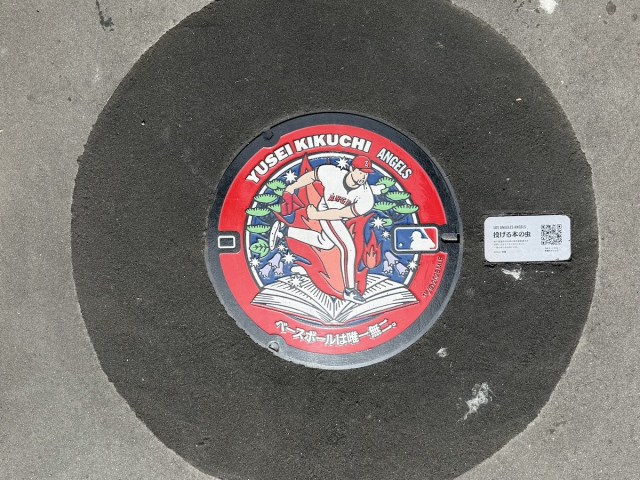
This in reference to his love of books beyond that of most professional baseball players and the fact that he often visited Tonan Library growing up.
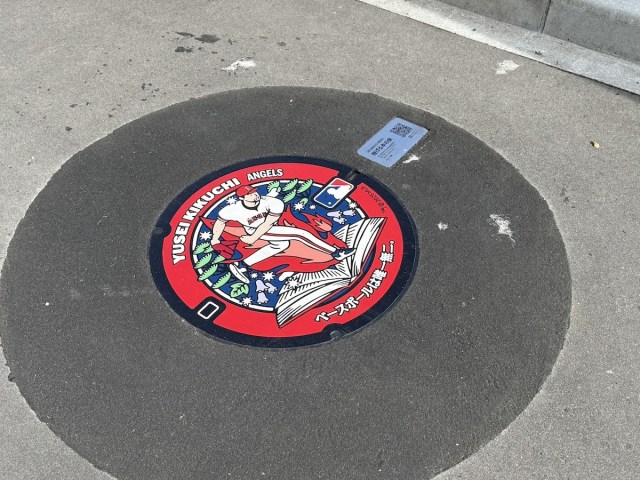
The library itself even has a dedicated Yusei Kikuchi section and fans can enjoy wandering down the very same aisles that he did. Saya really liked the way this manhole cover perfectly tied in Kikuchi to his hometown and could feel her interest in both grow.
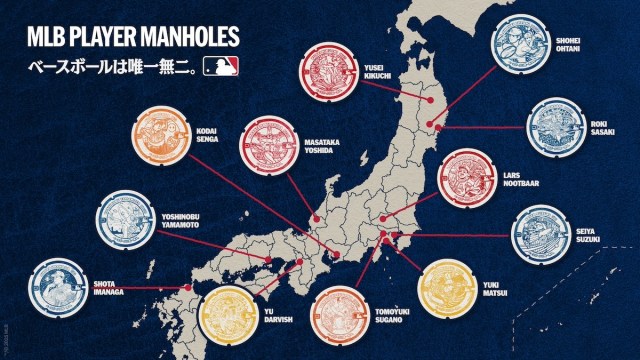
Unfortunately, she didn’t have enough time to visit the third utility hole cover in Iwate Prefecture in honor of Roki Sasaki. It’s in the coastal city of Rikuzentakata which was farther out from the main lines of transportation and harder to get to. But it’s good that these lids are all so spread out across the country so many different people can get a chance to see at least one for themselves and others can find new travel destinations.
